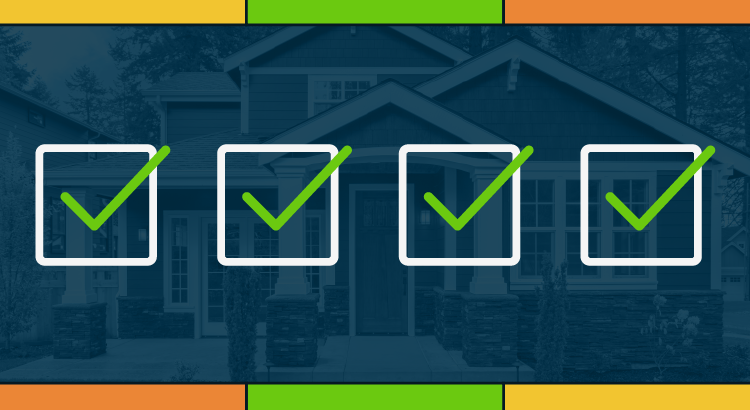How Do Climate Risks Affect Your Next Home?
How Climate Risks Can Influence Your Home-Buying Decision
Increasingly, when buying Houses for sale in San Antonio, recognizing climate risks is essential. This article will discuss how these risks can affect your decision and what to keep in mind.
The Growing Importance of Climate Considerations
Recently, the frequency and intensity of weather events induced by climate change have been on the rise. Natural calamities like floods, hurricanes, wildfires, and extreme temperatures are more often occurring. It is crucial for one to understand how these possible climatic hazards may affect his or her property and general living conditions while choosing a new House for sale in San Antonio.
Assessing Local Climate Risks
Before purchasing, check the considerable climate risks for that particular location. Some regions are more prone to specific types of natural calamities than others. For example, coastal areas might experience more hurricanes and flooding risks, while inland areas could become dryer due to droughts and wildfires. That knowledge will help you better decide how safe your potential new Houses for sale in San Antonio can be vis-à-vis the changes in climate scenarios.
Impact on Property Value and Insurance
Climate risks often have an impact on property values. Home values may decrease in high-risk areas because there is an increased chance of losses and higher maintenance costs. Insurance premiums in such regions also typically reflect the heightened risk levels involved. These are among the additional charges you need to consider to stay caught up financially during budgeting for the Houses for sale in San Antonio.
Building Codes and Construction Standards
Regions with higher chances of climate-related disasters usually have tough building regulations that must be met before construction occurs. It is important to confirm whether this house meets these regulations when evaluating it because most Houses for sale in San Antonio built under such codes are resilient enough to reduce future repair expenses and give their owners peace of mind.
Long-Term Liveability and Community Resilience
Moreover, consider the long-term liveability of your area. How did their community respond to recent environmental catastrophes? Regardless of any impacts on climate, resilient communities with good infrastructure and well-planned disaster management systems can be safer places, especially for those who live there.
Access to Climate Data and Resources
Numerous resources can help one determine the risks of climatic changes. Local government agencies provide websites and apps where you can access data regarding the weather history or projections of certain areas. By relying on these tools, you will be better positioned to make an informed choice and gear up for possible impacts due to climate change.
Environmental and Sustainability Factors
Also, broader environmental and sustainability issues in this area beyond ecological risks should be considered. Does their community invest in renewable energy sources, sustainable water management, and other environmentally friendly programs? Such a commitment enhances its prospects and makes it an ideal location for living.
Conclusion
If you buy a home, one way to ensure long-term safety and certainty is to consider climate risks. To this end, assessing local risks, understanding the impact on property values and insurance factors, and evaluating the resilience within your community would enable you to make more prudent decisions. Use available resources while considering environmental safety to wisely choose which houses for sale in San Antonio will suit you best in the face of upcoming climatic challenges.
Categories
Recent Posts











